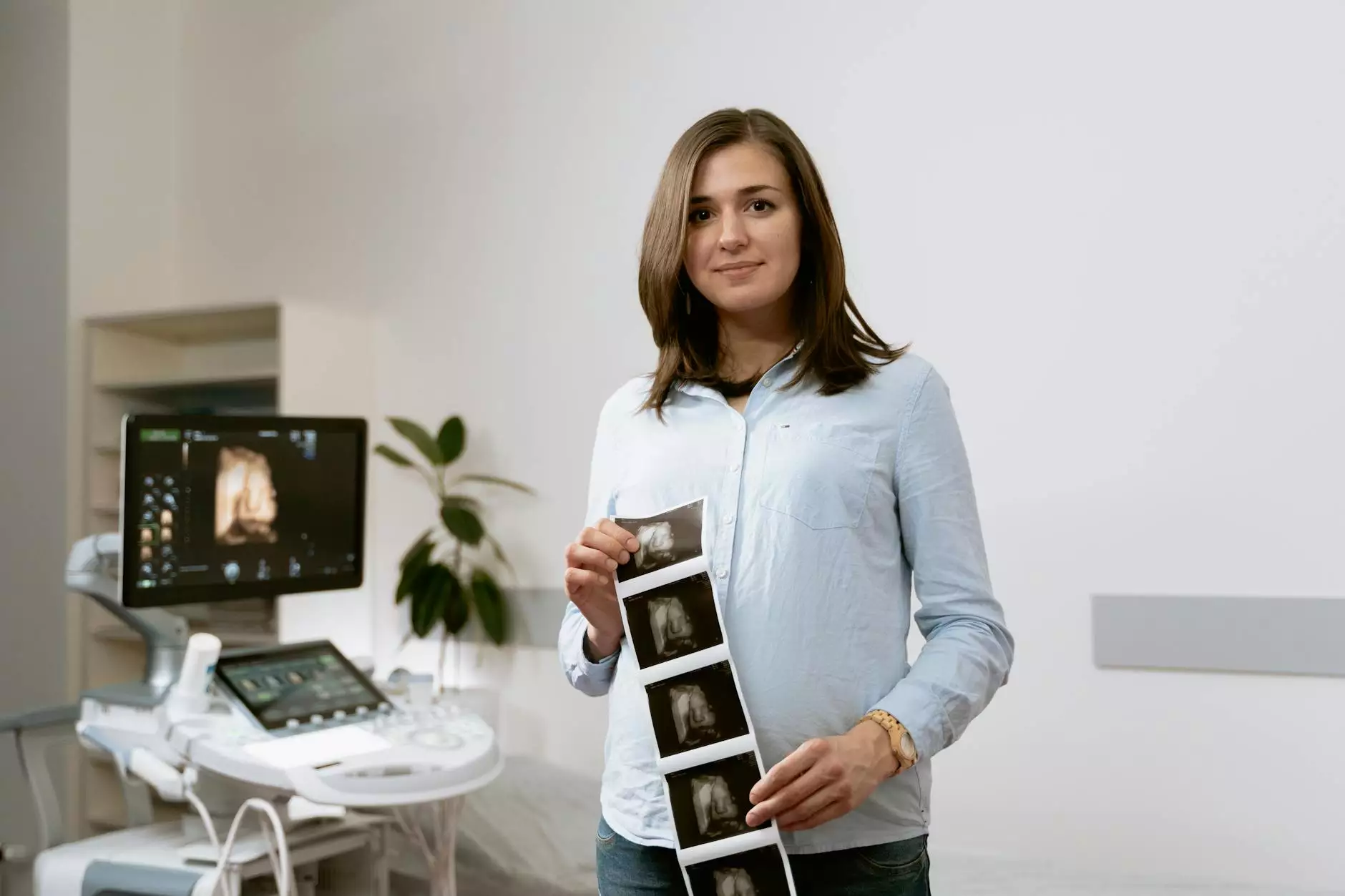Understanding CT Scans for Lung Cancer: A Comprehensive Guide

What is a CT Scan?
A CT scan, or computerized tomography scan, is an advanced imaging technique that combines X-ray technology with computer processing to create detailed cross-sectional images of the body. This powerful tool is particularly instrumental in diagnosing various health conditions, including lung cancer.
The Importance of CT Scans in Lung Cancer Diagnosis
The diagnosis of lung cancer often begins with imaging tests, and CT scans are considered one of the most valuable methods for providing a clear and accurate picture of the lungs. Here’s how they contribute positively to lung cancer evaluation:
- Early Detection: CT scans can detect small tumors that might not be visible on standard X-rays, allowing for earlier intervention.
- Determine Tumor Size and Location: A CT scan provides detailed information on the size and position of tumors, which is essential for treatment planning.
- Assessment of Lymph Nodes: The imaging can show whether cancer has spread to nearby lymph nodes, indicating the stage of the cancer.
- Guide Biopsy Procedures: CT scans can guide biopsy needles precisely to the tumor, ensuring accurate sampling of tissue for pathological examination.
How the CT Scan Procedure Works
Understanding the procedure can help alleviate any concerns about having a CT scan for lung cancer. Here’s a step-by-step breakdown:
- Preparation: Patients might be required to fast for several hours before the test. It’s essential to inform the technician about any allergies, especially to contrast dye.
- Positioning: The patient will lie on a motorized table that moves into the CT scanner. It's crucial to stay still during the scan to avoid blurry images.
- Contrast Dye: Some procedures utilize a contrast material, injected intravenously, to enhance image quality. This is especially useful for visualizing blood vessels and other soft tissues.
- Scanning: The scanner will rotate around the patient, collecting images from different angles. This process typically takes just a few minutes.
- Post-Scan: After the scan, patients can usually resume normal activities immediately. However, they should stay well-hydrated, especially if a contrast agent was used.
Benefits of CT Scans for Lung Cancer Patients
The benefits of utilizing CT scans in the context of lung cancer are numerous and can significantly impact patient care and outcomes. Here are some compelling advantages:
- Enhanced Accuracy: CT scans eliminate the ambiguity associated with traditional X-rays, contributing to more precise diagnoses.
- Comprehensive View: They offer a 3D perspective of the lungs, allowing healthcare providers to visualize the extent of the disease better.
- Monitoring Treatment Response: CT scans enable doctors to assess how well the treatment is working by comparing scans taken before, during, and after treatment.
- Non-Invasive Technique: CT scans are non-invasive and quick, making them a preferred option for many patients.
- Essential for Treatment Planning: The detailed images help in formulating effective treatment strategies, whether through surgery, radiation, or targeted therapies.
Potential Risks and Considerations
While CT scans are generally safe, there are certain risks and considerations to keep in mind:
- Radiation Exposure: CT scans expose patients to higher doses of radiation compared to traditional X-rays. However, the benefits typically outweigh the risks, especially when it comes to cancer diagnosis.
- Allergic Reactions to Contrast Dye: Some individuals may experience allergic reactions to the contrast material used in the procedure.
- Kidney Function: Patients with preexisting kidney problems should discuss with their physicians before receiving contrast dye, as it can affect renal function.
Advancements in CT Technology for Lung Cancer Diagnosis
The field of medical imaging is continuously evolving, and recent advancements in CT technology are enhancing the capabilities of CT scans in lung cancer diagnostics:
- Low-Dose CT Scanning: Newer techniques enable low-dose CT scans that minimize radiation exposure while still providing high-quality images.
- CT Lung Screening: Guidelines recommend annual low-dose CT screening for high-risk patients, improving early detection rates.
- AI Integration: Artificial Intelligence is gradually being integrated into CT interpretation, aiding radiologists in identifying suspicious findings quickly and accurately.
Post-CT Scan Follow-Up and Next Steps
Following a CT scan for lung cancer, your healthcare provider will discuss the results with you. Here’s what you can expect:
- Interpreting Results: The radiologist will analyze the images and provide a report that will be shared with your doctor.
- Additional Testing: Depending on the findings, further imaging tests or procedures may be recommended, such as PET scans or biopsies.
- Treatment Planning: If lung cancer is confirmed, your healthcare team will discuss treatment options tailored to your specific situation, which may include surgery, chemotherapy, or radiation therapy.
- Follow-Up Imaging: Regular follow-up scans may be necessary to monitor your condition or check for recurrence if lung cancer is diagnosed.
Conclusion
In conclusion, CT scans for lung cancer are a critical component of early detection and effective management of the disease. With advanced imaging technology, patients can benefit from accurate diagnoses and tailored treatment strategies. As the landscape of healthcare continues to evolve, CT scans will remain an invaluable asset in battling lung cancer, enabling healthcare professionals to deliver the best possible outcomes for their patients. For further information and expert assistance, visit us at Hello Physio, where we prioritize your health and well-being.









